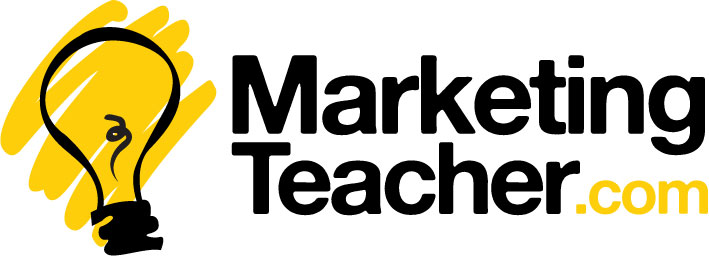Consumer Behavior
Internal Influences – Learning
Dr. Jill Novak, University of Phoenix, Texas A&M University
Consumer behavior is largely learned behavior. Learning is a change of behavior following an interaction between a person and their environment. A person touches a hot stove and then gets hurt, because of that interaction they learn not to touch the hot stove again. Most attitudes, values, tastes, behaviors, preferences, symbolic meanings and feelings are acquired through learning.
People buy things and then make decisions for future purchases based on if they liked the product, quality, service, and price. Social organizations help people learn “appropriate” beliefs about issues like drinking and driving, proper nutrition, etc. Companies that help their customers learn about their products and create positive feelings with their product, service, brand name, and employees-have a competitive advantage.
The Learning Process:
- Exposure – the customer becomes aware of product, service or advertisement through at least one of their five senses (sight, smell, taste, touch, hearing). When a customer walks into a store, goes onto a website, drives by a billboard, reads a magazine or tries a free food sample, the learning process begins.
- Attention – the customer processes the stimulus.
- Understanding – the customer interprets the information and acts on it either by purchasing the product or service, dismissing the information, seeking more information (asking family and friends, going on the Internet) or remembering it for future information.
The Six Living Generations In America
Internal Influences – Personality
Internal Influences – Motivation
Internal Influences – Lifestyle and Attitude
Internal Influences – Learning
Internal Influences – Emotion and Perception
